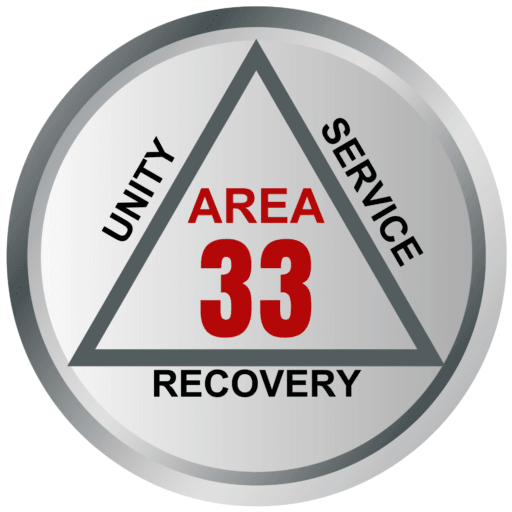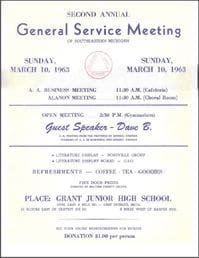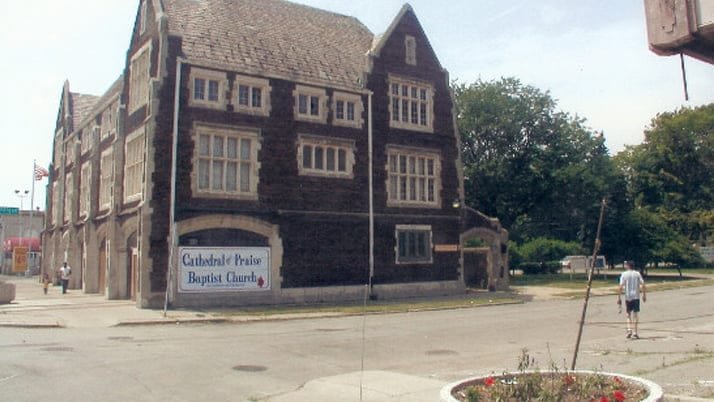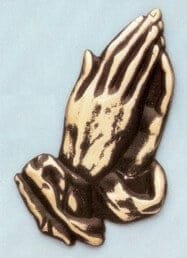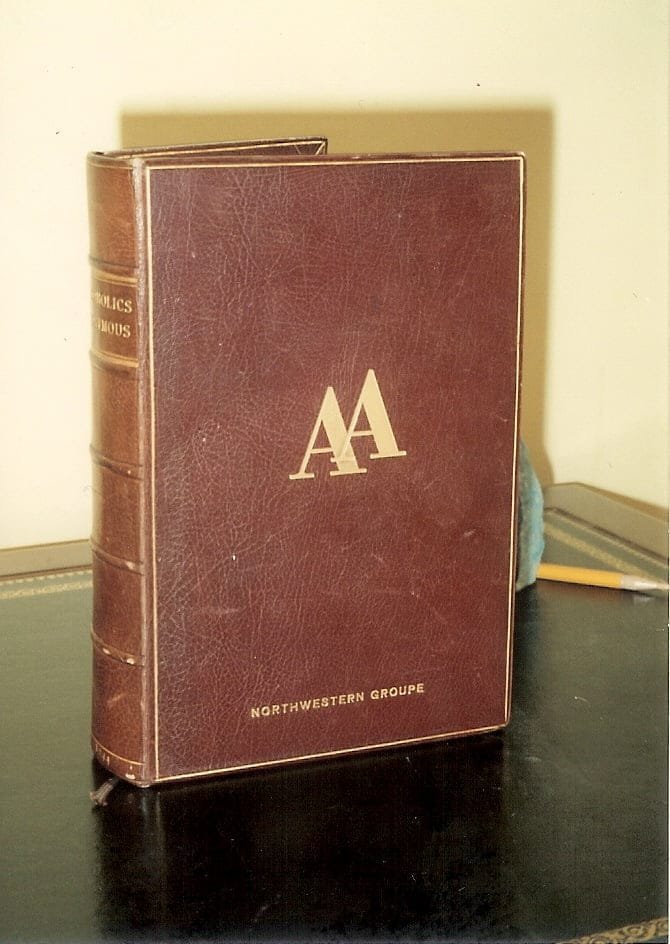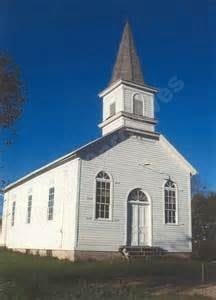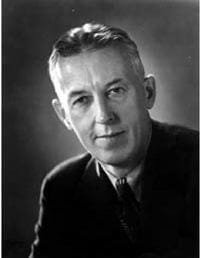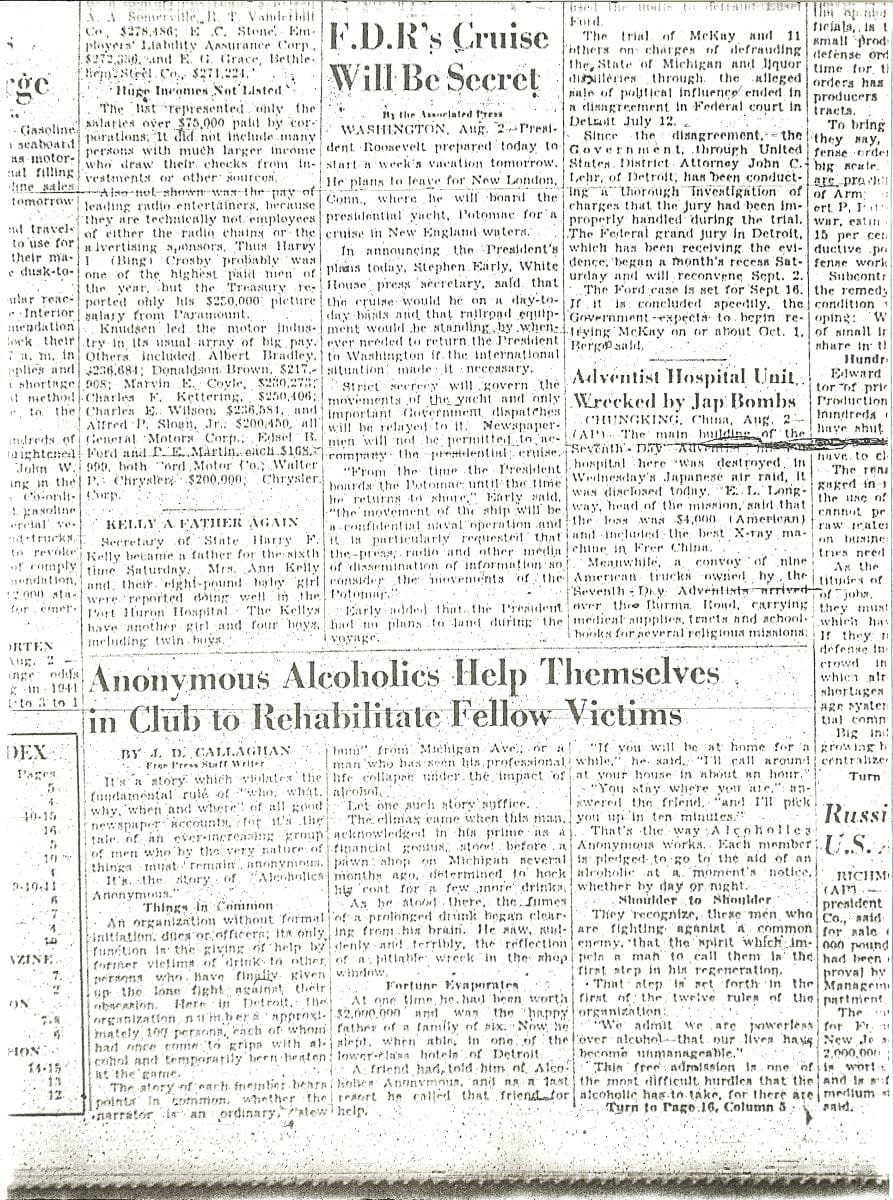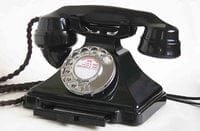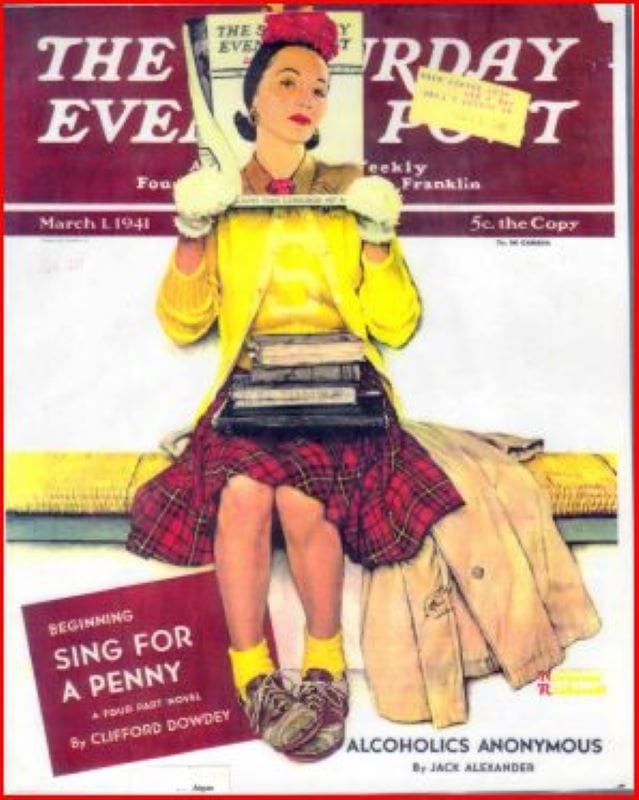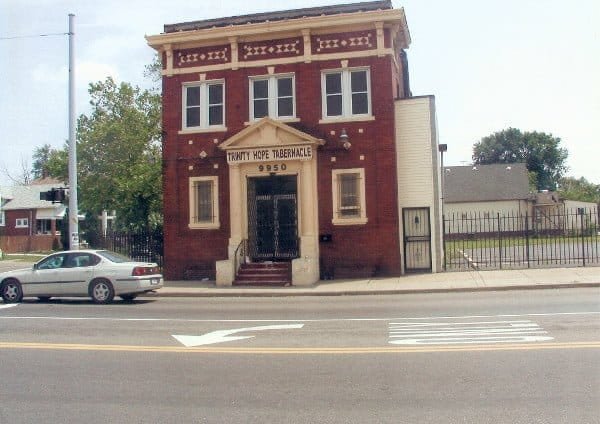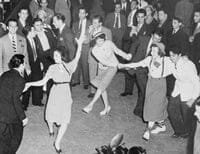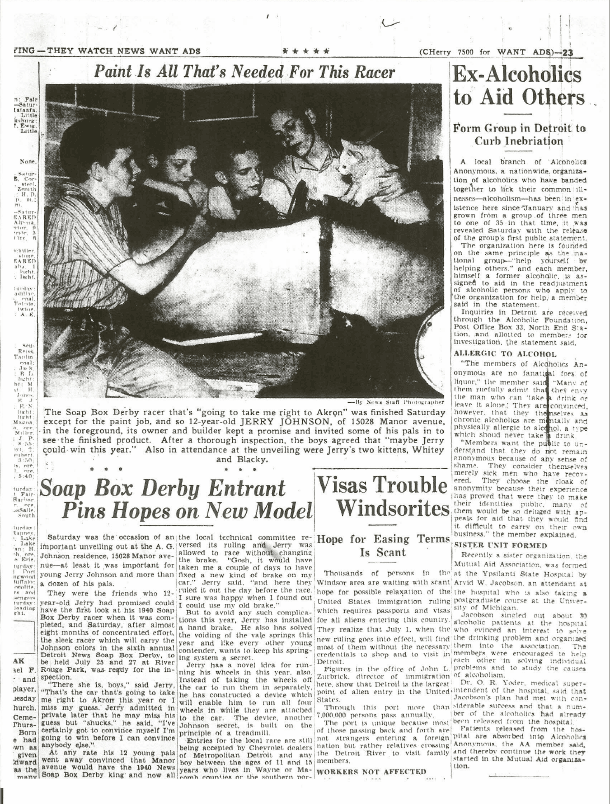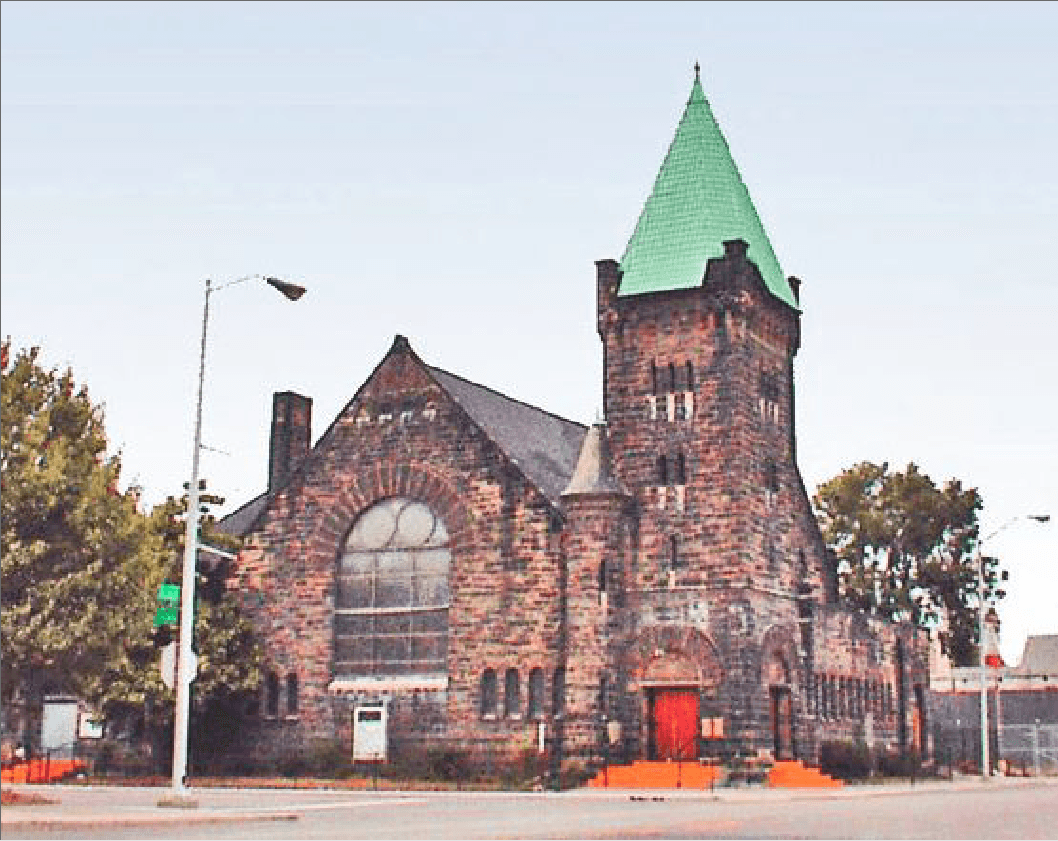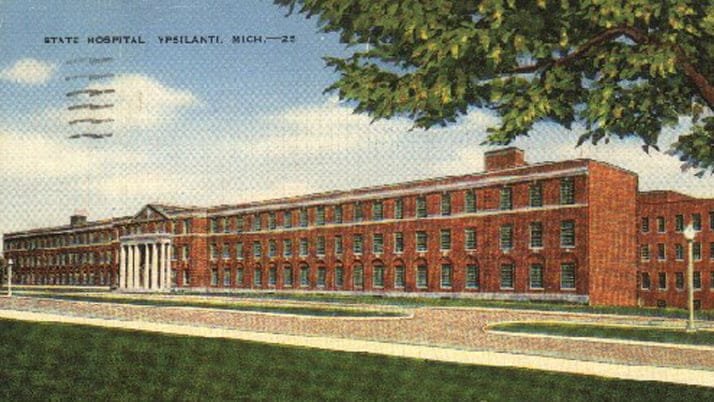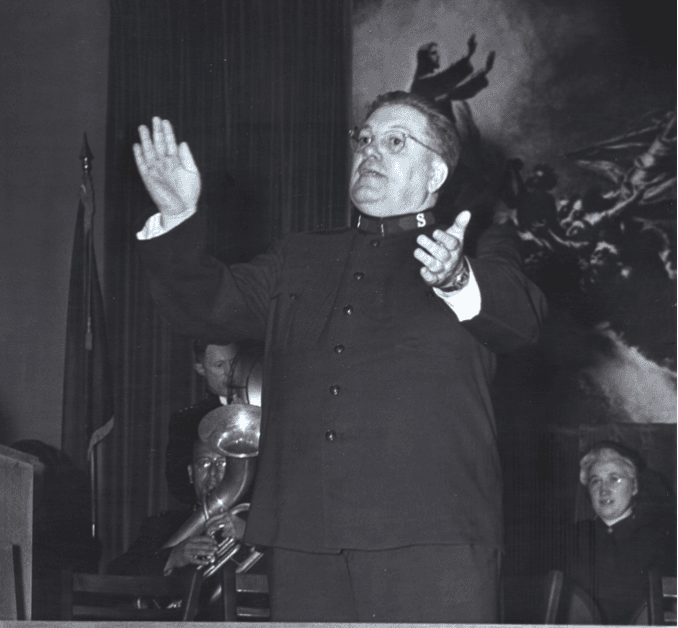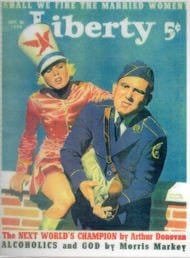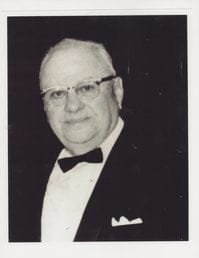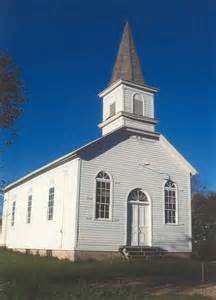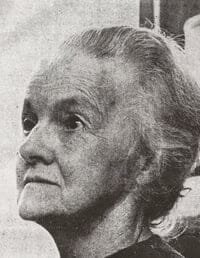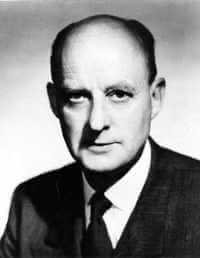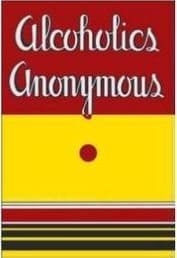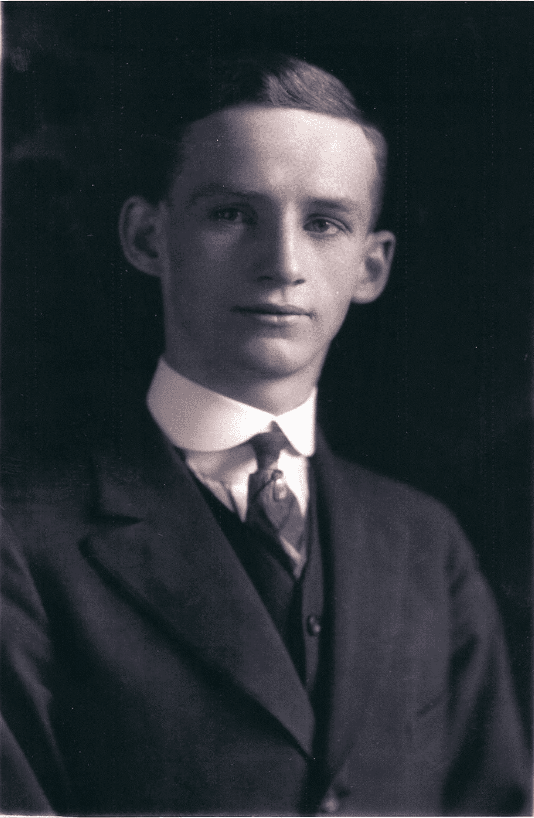Story
Stories from the Area 33 Historical Archive, curated by the Area 33 Archivist and the Archives committee.
-
The History and Evolution of Today’s March Roundup
MARCH ROUNDUP Many unknown facts about the convention we now know as the March Roundup The March Roundup as we know…
Posted
-
The Country Celebrates Ten Years Of Sobriety
June 1, 1945 Detroit Celebrates 10 Years of AA It was decided by local (Detroit) members of AA that they would…
Posted
-
The Prayer Used to Open Major Events
THE DETROIT PRAYER Our Heavenly Father, We ask Thy Blessings on this meeting.Please Bless the Spirit andpurpose of this group.Give us…
Posted
-
1943-12-25 Northwest Group Celebration
Around the Christmas of 1943, the group purchased a Fifth printing of the First edition of our beloved Big Book. It…
Posted
-
Westside > Northwest > Plymouth-Ilene Group #0003
Westside > Northwest > Plymouth-Ilene Group #0003 The North-West Group of Alcoholics Anonymous of the City of Detroit was formed in…
Posted
-
Bill Wilson’s 1st Talk In Detroit
Bill Wilson’s 1st Talk In Detroit “Ex-Drunks Toast Freedom with Jokes And Ginger Ale”-Detroit News “Religious Cure For Alcoholism…
Posted
-
The First News Article About the Success of AA in Detroit
The First News Article About the Success of AA in Detroit On August 3, 1941 a 2nd article about Alcoholics Anonymous…
Posted
-
Metropolitan Area Groups
The 1st Inter-Group The first mention of the Metropolitan Area Groups in our files was June 1, 1941. This entity was…
Posted
-
The Saturday Evening Post
The Saturday Evening Post The History of How the Article Came To Be Jack Alexander of Saturday Evening Post Fame Thought…
Posted
-
East > Eastside > Manistique Group #0002
East>Eastside>Manistique Group #0002 The archive’s has many small notes and information on this group, much of it appeared to be inaccurate…
Posted
-
The First of Many New Year’s Celebrations
December 31, 1940 New Year’s Gala This event would be the beginning of many sobriety celebrations. The very first major event…
Posted
-
A Dawn of A New Era
First Public Announcement of Alcoholics Anonymous in Detroit Before this date little or nothing as known about this recovery program for…
Posted
-
Detroit > Downtown > Central Group #0001
Detroit>Downtown>Central Group #0001 We were at first confused by the many names of groups that we were “digging” up, but finally…
Posted
-
Ypsilanti State Hospital -“First Treatment Center”
Mutual Aid Organization-for Alcoholics There are many myths and urban legends about the treatment center that help start AA in the…
Posted
-
The First Pamphlet
The Articles from the “Plain Dealer” Considered the 1st Pamphlet These articles appeared in the main Cleveland newspaper, the Plain Dealer,…
Posted
-
Salvation Army > Cap’t Tom > Harbor Light
CAP’T TOM CROCKER>BIRTH OF HARBOR LIGHT There are many myths and urban legends about Harbor Light in the metro-Detroit area. We…
Posted
-
The Bensons-“Friends of AA”
THE BENSONS-“FRIENDS OF AA” There are many myths and urban legends about the non-alcoholics who helped start AA in the metro-Detroit…
Posted
-
“Alcoholics and God”
“Alcoholics And God” by Morris Markey Charles Towns, owner of Towns’ Hospital where Bill Wilson had sobered up, tried to get…
Posted
-
An Auto Executive Spirals Out of Control
H.R. “Mike” Eshleman-“AN INDUSTRIALIST” There are many myths and urban legends about the “second” sober member of Alcoholics Anonymous in the…
Posted
-
Tom Morrissey-Among The 1st Five Members
Among the First Five Sober Tom Morrissey, who’s sobriety date was July 29, 1939, was a very humble member. Tom did…
Posted
-
Sarah Klein-“Angel of A.A.”
SARAH KLEIN-“ANGEL OF A.A.” There are many myths and urban legends about a non-alcoholic “member” of Alcoholics Anonymous in the metro-Detroit…
Posted
-
The Connection of the Serenity Prayer to Detroit, Michigan
THE SERENITY PRAYER…its origin is traced… At long last the mystery of the Serenity Prayer has been solved! We have learned…
Posted
-
Alcoholics Anonymous a.k.a. “The Big Book” is Born
The process for creating our book, Alcoholics Anonymous The title of the book Bill Wilson wrote is Alcoholics Anonymous, but it…
Posted
-
The Days Before – “An Instrument of God”
There are many myths and urban legends about the first sober member of Alcoholics Anonymous in the metro-Detroit area. We hope…
Posted
Loading posts…
No more posts.
Next Area Assembly

